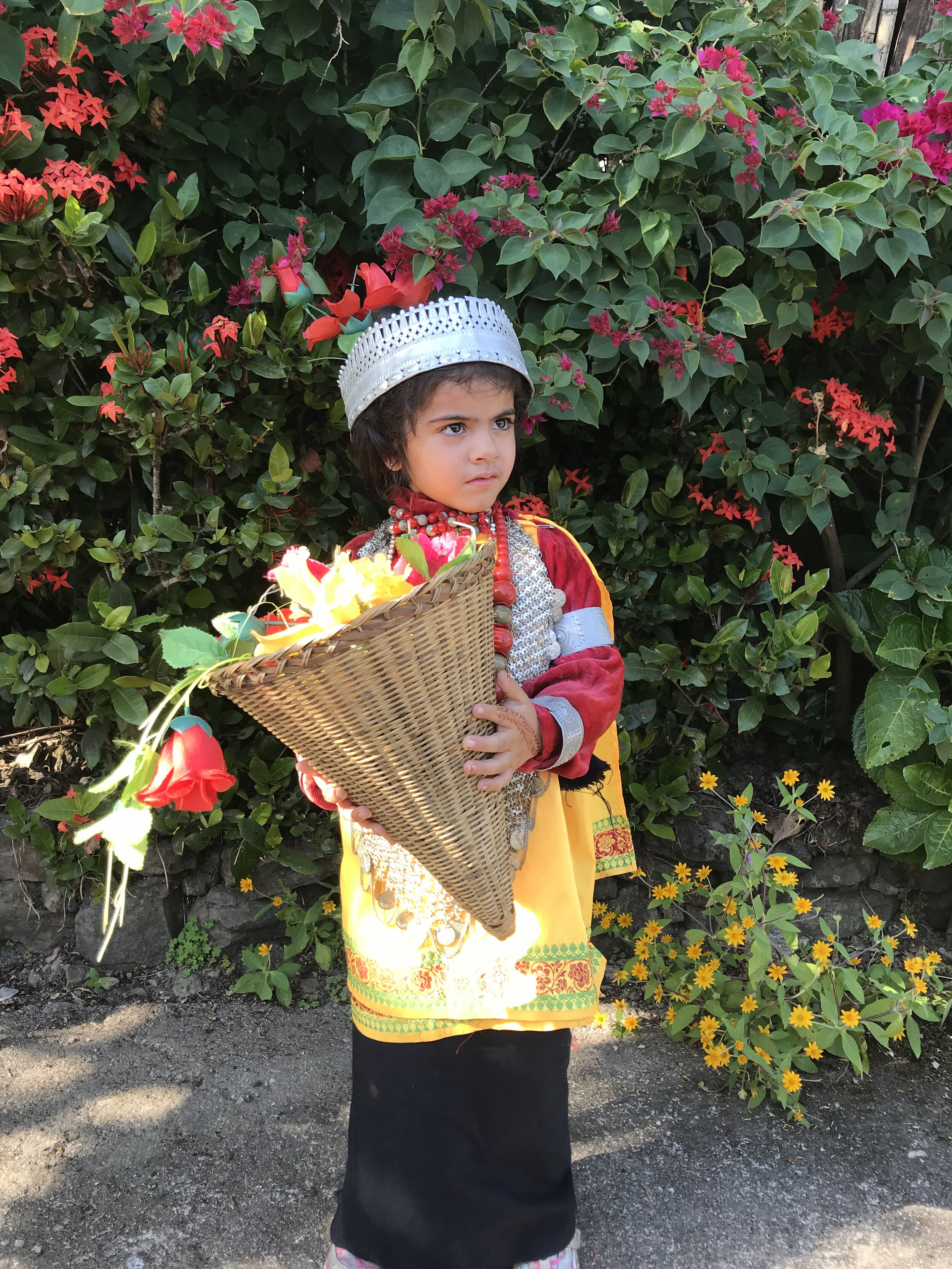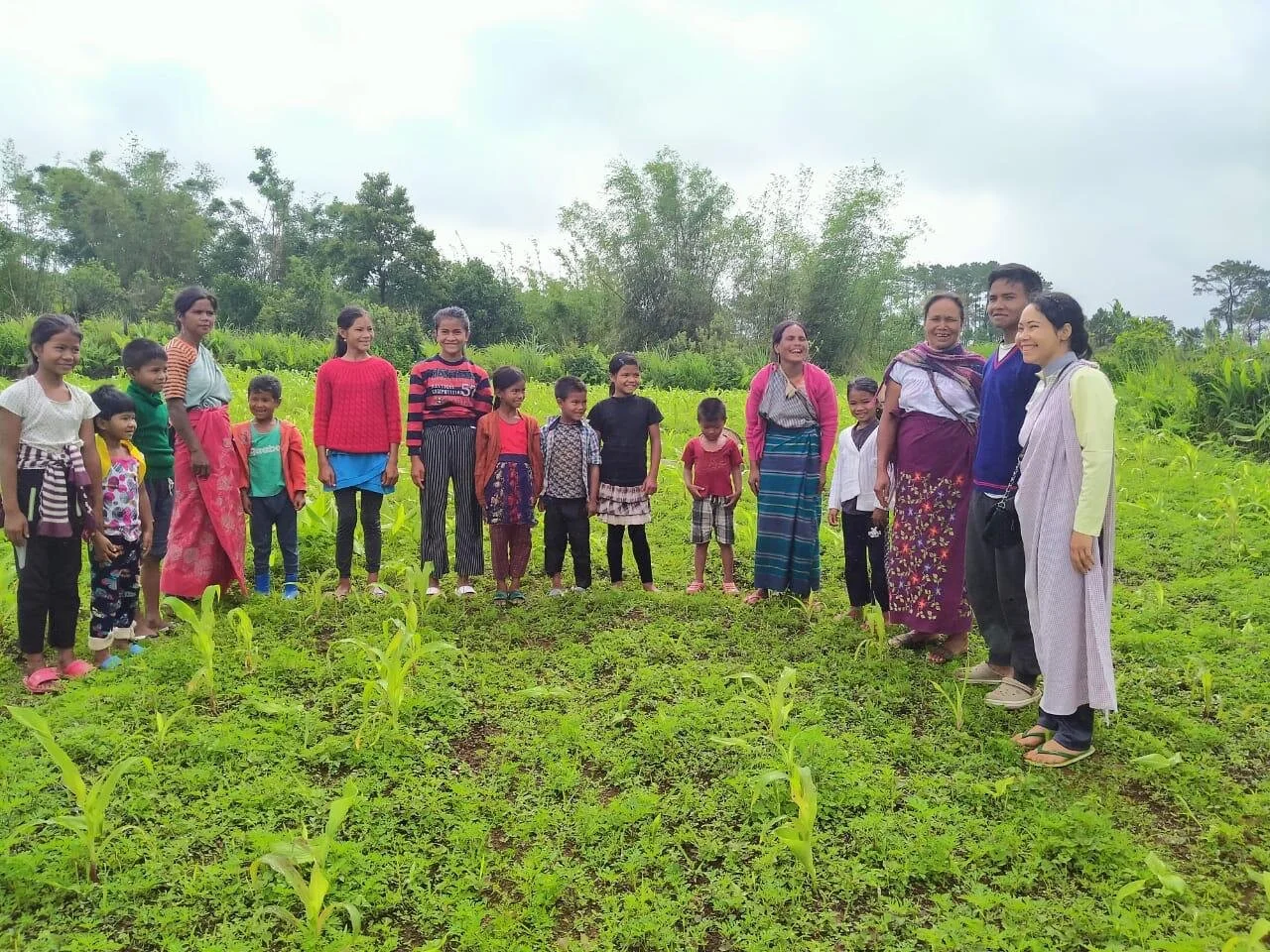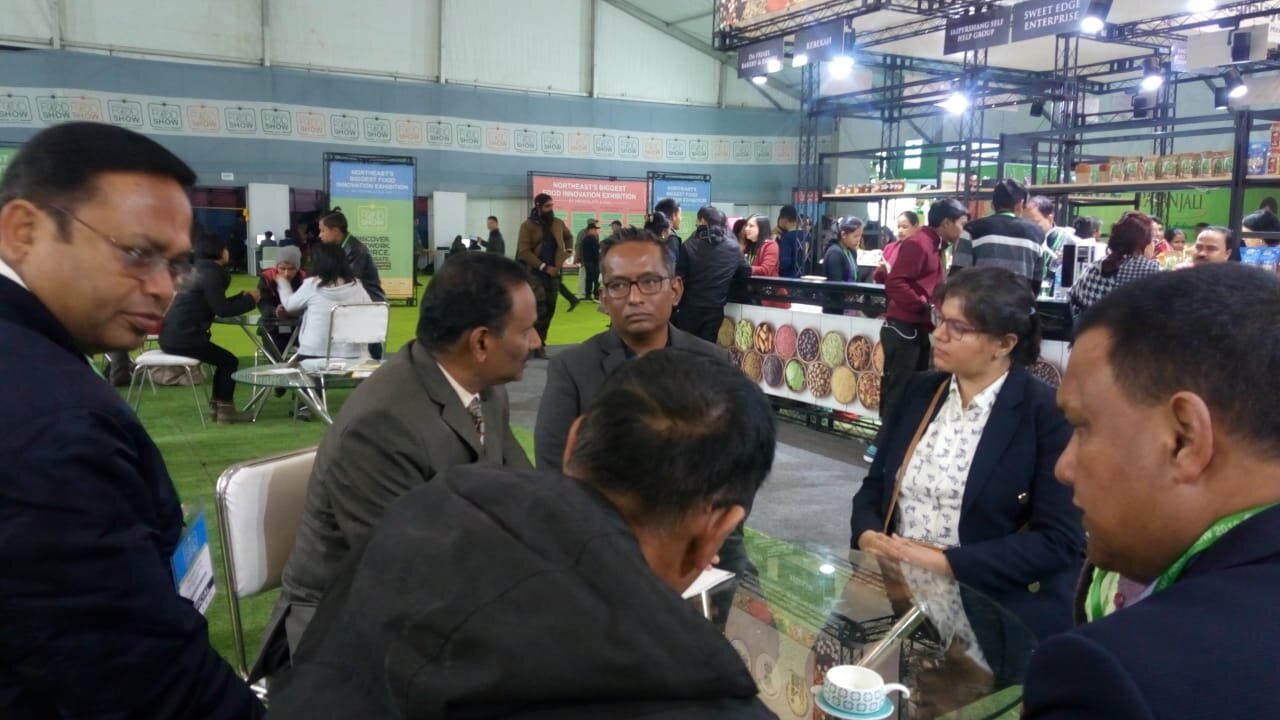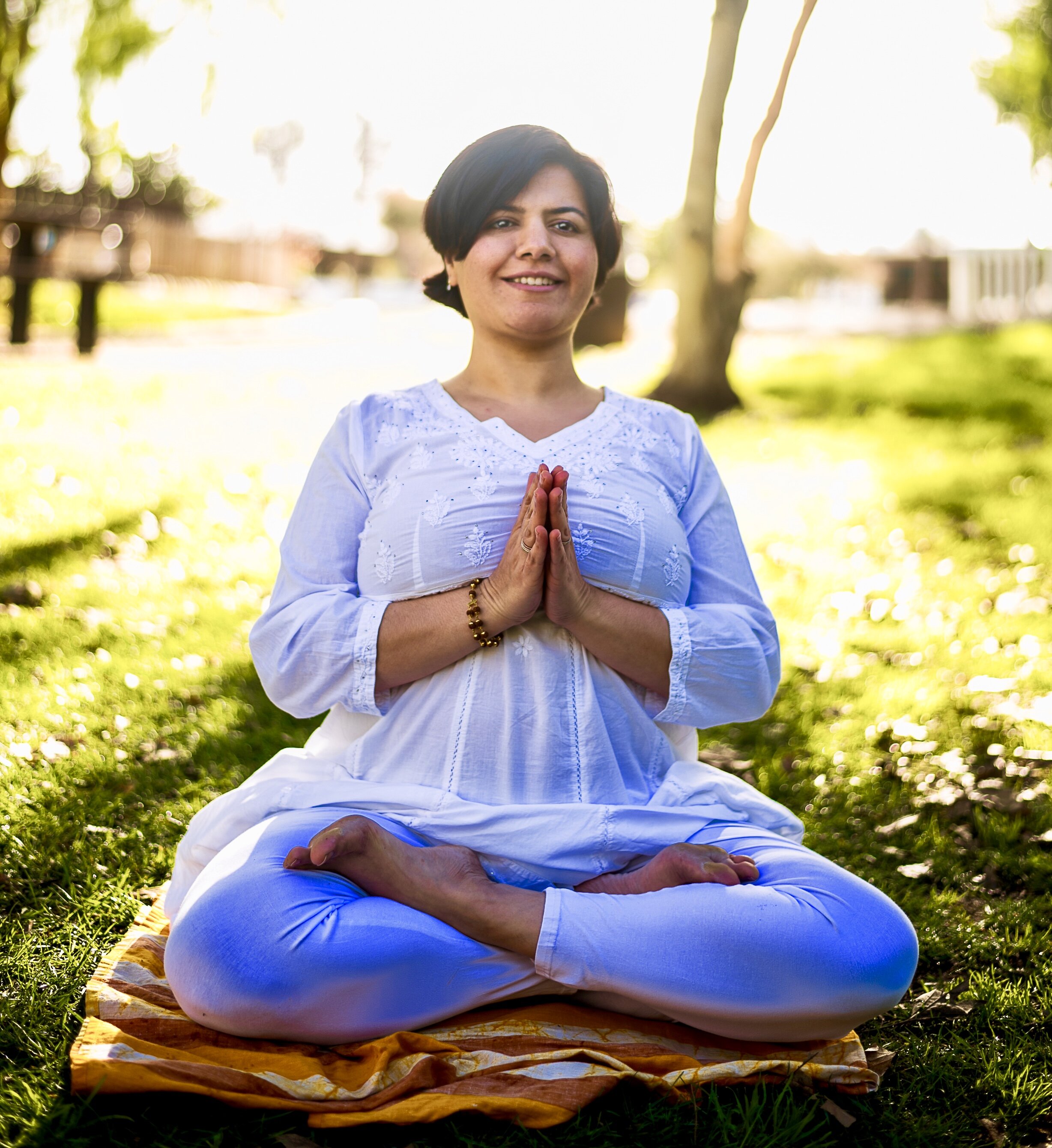Our Journey in search for the ‘World’s Best Turmeric’
Our founder, Radhika Ponda, hails from India, a country which has given the world the ancient wisdom of Yoga and Ayurveda. In India, Yoga and Ayurveda are a Way of Life. One practices the principles of Ashtanga Yoga (the 8 limbs of Yoga), especially the Yamas (social ethics) and the Niyamas (personal discipline) on a daily basis. Similarly, the elders in India rely on the ancient wisdom of Ayurveda (Knowledge of Life) on a daily basis and pass this knowledge on to the new generation. As seasons change, the food you eat and the herbs you take change too. Food is indeed medicine here. However, it must be in its purest form, full of Prana, and consumed in moderation, or else it is 'Ama,' or poison, to the body.
Radhika comes from a family of doctors, so the idea of dedicating her life to a social cause and helping people heal was planted early in her developing brain. In middle school she learned about entrepreneurship and decided that one day she would be an entrepreneur making medicines that heal people.
In 2017, at the age of 31 and a new mom of a 6 month old, she quit her well-paying job as a Strategic Management Consultant to pursue her passion of teaching Iyengar Yoga full-time and to start a company that makes 'healing potions' a.k.a. medicines.
It only made sense to start with the herb that had a major influence on her growing up: turmeric. It was used as a spice, first aid, to build immunity against cough and cold, and as a skin purifier. No doubt it is Ayurveda’s most decorated herb and also known as one of the planet’s greatest healers. Associated with a myriad of health benefits, it has been used to help aid the immune system for over 6000 years. It is, indeed, the ‘Nectar of Life.’
What we found as we began our search was that the turmeric industry has many problems.
Problems with the Turmeric Industry:
1. It is hard to find pure, unadulterated turmeric in the US (Lead chromate pigments are usually added to turmeric to give it its yellow hue)
2. The US is the highest importer of turmeric, but in order to fulfill the demand, the slow and steady post-harvesting process is no longer carried out. Most of the money goes to the middleman and the farmers remain poor. Without monetary incentive, they forgo the ancient rituals of farming and use shortcuts. The use of pesticides is also very common.
3. The 'Culture of Consumerism' has led to a "reductionist approach" to the use of turmeric. The ancient wisdom of using it appropriately, at the right time and with the right food pairings to aid its absorption, has been forgotten. Now, with the advent of science, we know curcumin is fat-soluble and becomes more effective with heat. But Ayurveda has known this for almost over 6000 years.
Ayurvedic ancient wisdom guiding us:
1. In India, for most families, it is an annual ritual to buy turmeric rhizomes, sun-dry them, and stock it up for the whole year. Even though this is disappearing, Radhika's mother-in-law still follows this custom and takes pride in her turmeric that she has carefully selected for her family and pours so much love into the process. We asked ourselves whether we could do this for our turmeric. It is a very time-intensive process and takes almost 6X-10X more time than using a dehydrator. Most people said that it was impossible, but we don’t take no for an answer. Blessing our turmeric rhizome with the Prana of the sun was important to us.
2. Another wisdom that we received from Ayurveda is that turmeric was always used as a whole. Never in the history of Ayurveda was turmeric just reduced to curcumin. Even though curcumin is the most active ingredient in turmeric, Ayurveda believes that nature made the remaining turmeric so that it can benefit the body. Ayurveda believes in a holistic approach to health rather than reductionism. With this guiding principle, we asked the question if we could find a variety of turmeric that is naturally high in curcumin.
Our Answer:
After researching and traveling extensively through different states of India for three years, Radhika found this rare gem, 'Lakadong Turmeric,' in the state of Meghalaya. Meghalaya is a state located in the far northeast corner of India. Disconnected from the rest of India and blessed by Mother Nature, it had escaped the spice trade route. This means the heirloom Lakadong turmeric survived and that the farmers still practice the ancient rituals of farming. However, there was one caveat: the farmers that practiced ancient rituals were mostly growing the turmeric for themselves and their family members. Most of the other farmers were mostly selling it to the middleman and, since they were not being paid well, they had started to use pesticides. The other problem is that the Lakadong variety is extremely rare so the farmers who sell to the middleman try to maximize their profits by mixing other varieties of turmeric with Lakadong turmeric. Radhika kept looking until she found our partner farmer who shared the same values as us. We also moved our post-harvest processing in-house. Our slower, longer post-harvest route takes 6x - 10x more time than the standard industrial process and we pay our farmers almost 10x-15x the average commodity pricing so that they are incentivized to follow the ancient rituals of farming. The end-result is our beautiful turmeric full of Prana to benefit your immune system.
Our wish is that the whole world can benefit from the work we have put in!
Vasudhaiva Kutumbakam - the whole world is one family!

Little Aura dressed in the traditional Meghalaya Clothes

Our dear farmers with their beautiful children

Our founder, Radhika Ponda, in talks with government officials in Meghalaya, India

Our founder- Radhika Ponda

